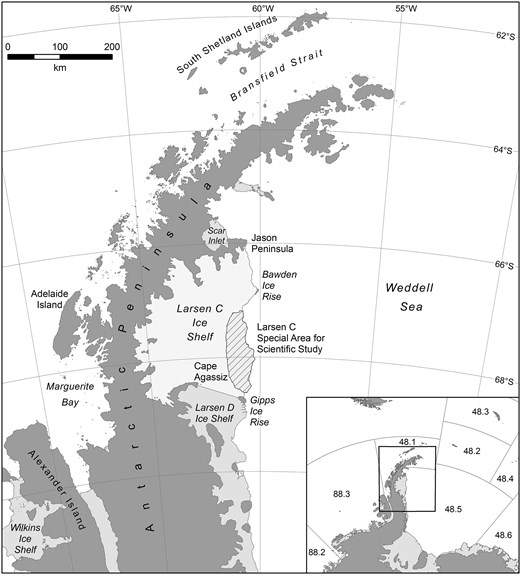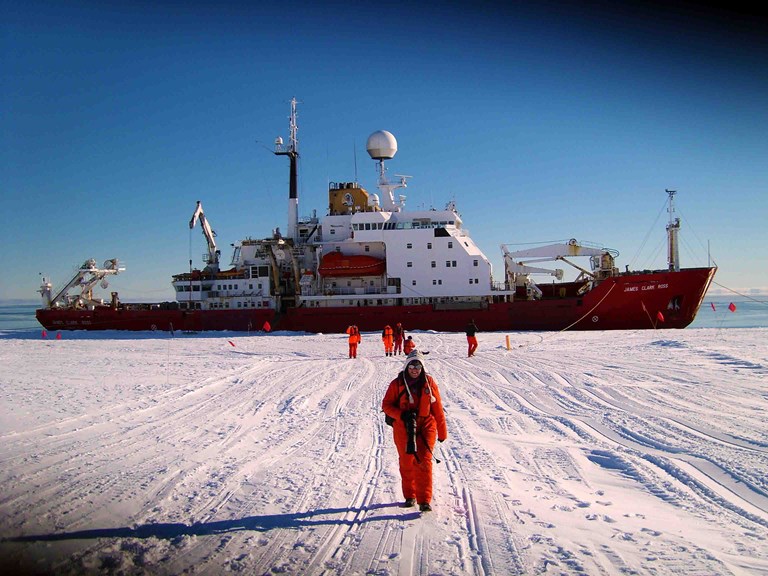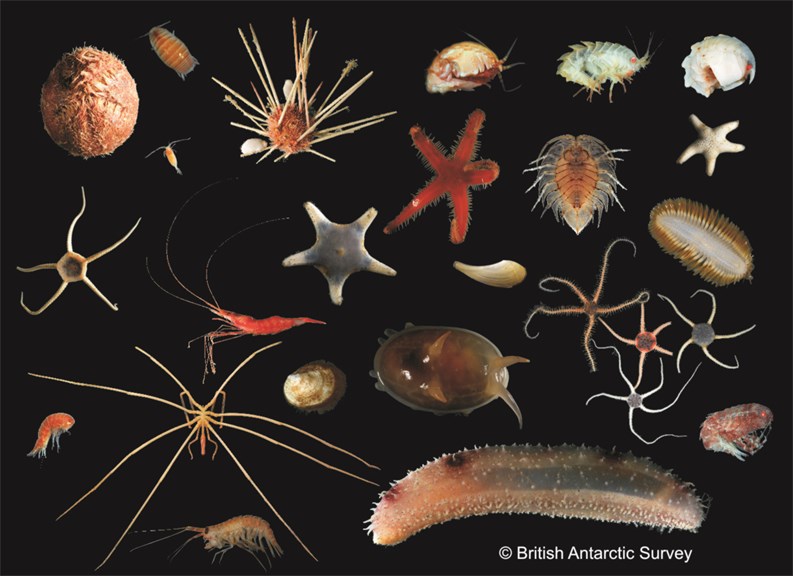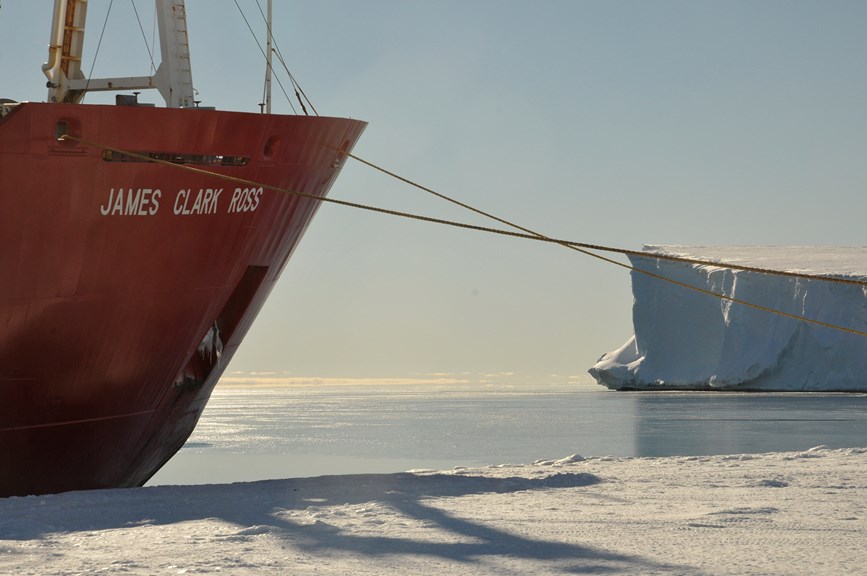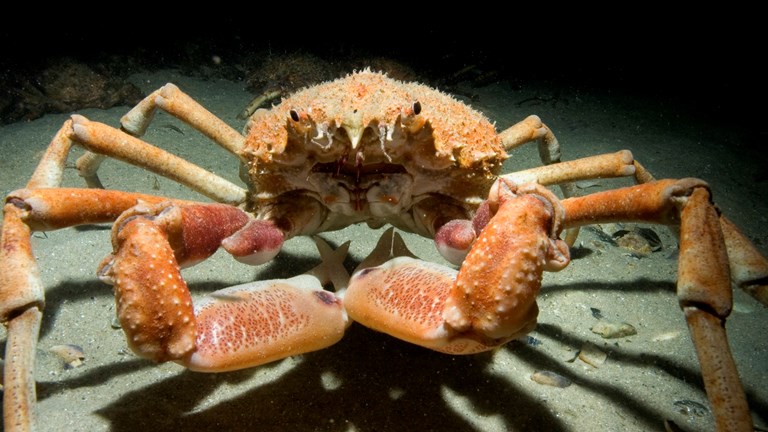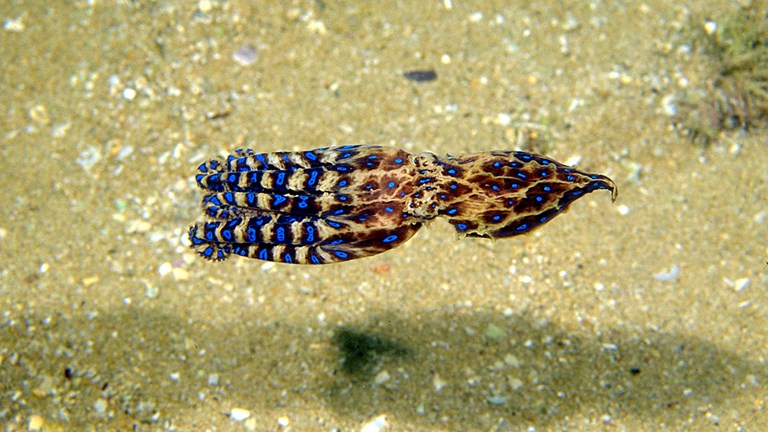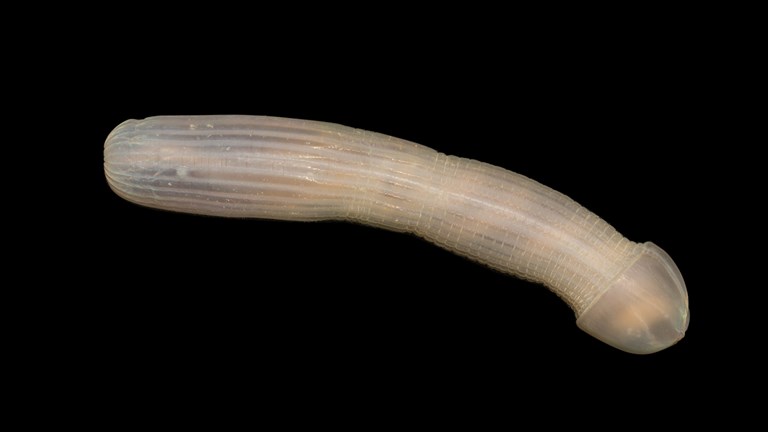The Larsen-C Benthos expedition
What lurks beneath the Antarctic ice? Museums Victoria's Mel Mackenzie is one of the lucky scientists on a voyage south to find out.
On 12 July 2017 a huge iceberg calved off from Larsen-C ice-shelf in the Antarctica Peninsula, uncovering a marine ecosystem that had been hidden for centuries.
The calved iceberg, known as 'A68', exposed a huge 5,800km² area of seabed, prompting calls for an urgent expedition to assess the newly revealed environment and discover what animals have been living below the ice.
Representing Museums Victoria as part of an international scientific team, I'm travelling to the area on the RRS James Clark Ross to collect, sort and identify animals from the deep.
This voyage provides a very rare and short-lived opportunity to get a snapshot of under-ice-shelf communities before the area starts to change, and in particular I hope to discover what species of holothuroids (sea cucumbers) may have been living in this extreme environment.
After being kitted out with the latest polar gear (picture unflattering padded orange jumpsuits) at the British Antarctic Survey headquarters in Cambridge, I'll take an icy plunge into UK waters for sea survival training then fly south to our departure port in the Falkland Islands (Islas Malvinas) off South America.
From there I'll board the Royal Research Ship James Clark Ross, and on 21 February scientists and crew will head for the ice. Over three weeks the team will use scientific trawls, nets and towed camera systems to document biodiversity from the surface to the seafloor, while swath bathymetry is used to map the seabed.
As our Sampling the Abyss voyage revealed, there is still so much to learn about our oceans and the weird and wonderful creatures that live there.
This Larsen-C Benthos survey will provide a baseline for researchers in years to come, and ultimately aims to help answer questions about how under-ice marine communities will respond to the escalating effects of climate change.
The Larsen-C Benthos expedition is led by Dr Katrin Linse of the British Antarctic Survey with an international team of scientists from nine institutes and is supported by a NERC Urgency Grant.
Follow our journey on twitter @melkmack @BASNews #LarsenCBenthos.
To see participating institutions, and learn more about the science and scientists involved head over to the British Academy Survey website.
